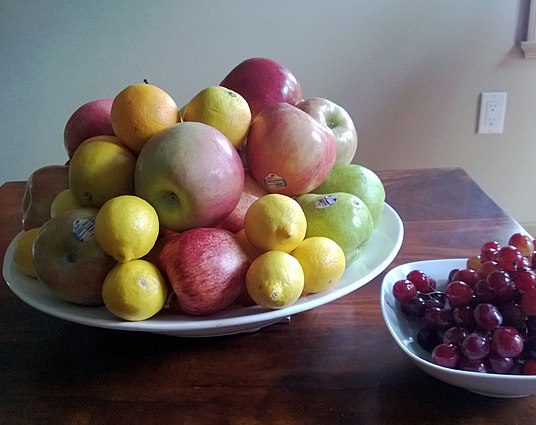Food and non-alcoholic beverage inflation in Australia rose by the weakest margin since September 2022 at 0.6% in quarter 3, 2023.
Data by the Australian Bureau of Statistics (ABS) on October 25, 2023 groups food and non-alcoholic beverages among 6 other sectors that eschewed a general inflation rise of above 1.2% between July 1 and September 30, 2023.
The other sectors’ rises include home furnishings (-0.8%), education (-0.4%), recreation/culture (0.2%) clothing/footwear (0.4%) and health (0.8%). The costliest group was transport whose inflation rose by 3.2% while rental services scored worst in annual inflation at 7.4% this September.
Bringing with it price cuts on supermarket shelves, Q3’s simmered down food inflation increased food purchases from Woolworths and Coles.
In quarter 3, shelf costs at Woolworths spiked by only 2%, down by 3.2% from the quarter ending June 30. Adjustment in food prices such as lamb, which in September fell by 10%, drove the sales of groceries by 6.4%.
The softening in prices could have been even sharper had the cost of snacks not risen by 2.1% in September. Fruit and vegetable prices, however, ameliorated this gain on takeaway food by falling by an impressive 3.1%.
Aussie mega grocers link the recovery in sales to reigning fair weather, which saw farming activities pick up and costs decrease.
This is despite meat producers citing supermarkets as escaping trade parity by not adjusting prices by real-time market margins.
Annual Australia’s Food Inflation eases Marginally
Australia’s inflation still stands high although lower on a quarter-on-quarter basis from that of 2022. The September 30 Consumer Price Index (CPI) inflation was 5.4%, while that on June 30 was 6%. This shows drastic improvement from the peak of 7.8% in December 2022.
Of all CPI sectors, Australia’s food inflation has been among the worst this year but recovered in Q3, 2023. At 4.8% in September 2023, it was actually lower than overall inflation of 5.4%.
In the previous quarter ending June 30, food inflation outstripped CPI inflation, at 7.5% against the 6% mean. It had also been as high as 9.2% in December 2022 vis-à-vis the record CPI inflation of 7.8% of that month.
Q3 of 2023 marks the first time food and non-alcoholic beverages’ inflation has gone lower than overall inflation in months.
ABS attributes this to cooling price rises across all food categories, including price slashes in fruits and vegetables. The cost reprieve has therefore effectively recouped consumer purchasing power.
